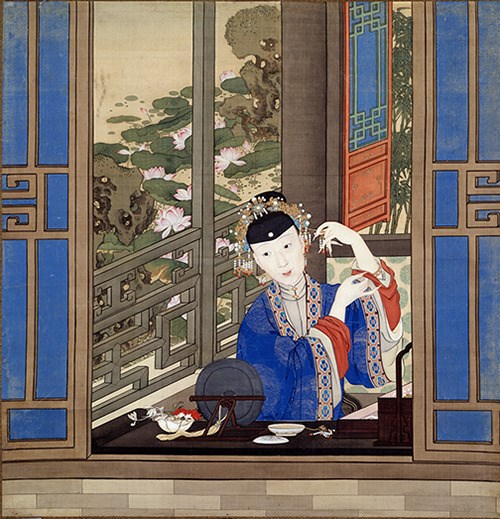When the doors of Chinas Forbidden City parted and Dr. Chen Shen was invited to walk in, it wasnt the gilded splendour of the Imperial Palace that surprised him the most. Nor was it the vast glory of the emperors walled kingdom.
No, what surprised the Royal Ontario Museum senior curator the most was how easily he could identify with these earthbound sons of heaven. They became more real to him as people the more he learned about their daily lives.
The resulting exhibit The Forbidden City: Inside the Court of Chinas Emperors, which opens in Toronto next March before it crosses the country to Vancouver next October is an up close and personal view of life inside the royal palace. Five hundred years ago, the only way a common man could gain entrance into the emperors life was by agreeing to become a eunuch and dedicating his life to serving the family. No one else in China could use the royal yellow colour or decorate with dragon motifs. The emperors rule was absolute and inviolate.
The roughly 200 pieces textiles, paintings, works on paper, ceramics that Dr. Shen has chosen from the 1.2 million artifacts in the Royal Museums collection have never been seen in North America before. Eighty have never left the Forbidden City. Some of the pieces in the Vancouver exhibit wont even make it as far as Toronto.
What did they do during their private times? How did the prince and princesses play? What did they eat? The answers will be revealed [in the exhibit], Dr. Shen said at Monday mornings press conference to announce the Vancouver Art Gallery exhibit.
 Adjectives such as monumental, remarkable and rare were used to give a sense of the honour about to be bestowed on the host city.
Adjectives such as monumental, remarkable and rare were used to give a sense of the honour about to be bestowed on the host city.
For decades Ive wanted to provide people of the west with opportunities to understand Chinese culture, said Robert Ho, the Vancouver resident whose eponymous foundation is a major sponsor of the exhibit. Vancouver is seen as a gateway to Asia but its also a crossroad for culture, an economic and logistical hub. I salute the VAG for taking on this outstanding project.
Fang Zhi, the executive vice-president of CNOOC, another major sponsor, said that during the governor-generals recent visit to China, a new saying was coined: This fall is a Canadian fall in Beijing. It looks like the saying will hold true next year as well.
Forbidden City tells the story of Chinas past and spreads our presence through what weve learned from the past, guiding us forward, he said.
Premier Christy Clark, whos about to embark on her fourth trade mission to Asia, says the cultural and economic ties between BC and China are profound. Vancouver has the most Asian society outside Asia, she said, and that identity is very much who we are. I cannot think of any place in the world where this could be felt more deeply.
She has been to the Forbidden City and hopes that every school child in the area will get to travel to the gallery to learn about this aspect of Chinese culture. We are bound by our ties to China, our deep friendship with China. We are an outward looking place; we want to be the most international city on earth.
Mayor Gregor Robertson (who was given a thumbs up by Fang Zhi for his greetings in Chinese) said that he has been talking with Robert Ho about the need for an Asian heritage centre in Vancouver. We are the confluence of these cultures, the mayor said, adding that the gallery building is being considered for such a site.
The Forbidden City: Inside the Court of Chinas Emperors will be at the Vancouver Art Gallery from Oct. 18, 2014 to Jan. 11, 2015.


